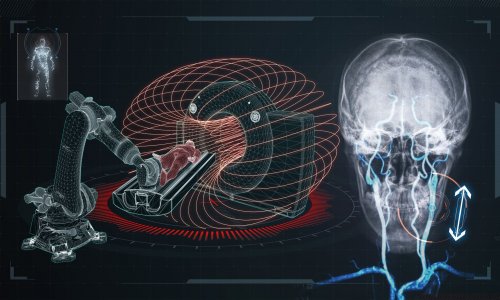Varicose veins
New ablation catheter promises quicker treatment
USA - A next-generation radiofrequency ablation catheter - the VNUS ClosureFASTTM - has been used by surgeon Phillip Levin MD, at Cedars-Sinai, in Los Angeles, California. An expert in VNUS closure procedure, Dr Levin has treated approximately 300 patients since 2003 with the ClosureFASTTM catheter's predecessor.

‘The operating time with the new catheter is less than half of what it was with the earlier generation catheter,. Operating time with the previous catheter could take as long as 45 minutes to an hour. The same procedure now takes 15 to 20 minutes to complete and the 98% success rate is the same.’
The procedure is made less labour intensive because the new catheter enables surgery on the vein in seven-centimetre segments without having to withdraw and reposition it between segments. Patients usually leave the hospital’s out-patient surgery centre on the same day as the operation.
During the procedure, a small catheter is inserted in the saphenous vein via a needle stick under ultrasound guidance. The catheter delivers radiofrequency heat to the vein wall, causing it to shrink and close. Once the vein collapses, blood is re-routed to other healthy veins. Usually, no stitches are needed.
After the new procedure the patient’s leg is wrapped in a thick ace-type bandage that should be worn for two to three days. As soon as the patient recovers from the IV sedation, he or she can be discharged from the hospital. Some can return to work the same day – but are pre-warned to avoid running or jumping for about 10 days. Additionally, patients treated with this new procedure have reported minimal pain and bruising.
* Cedars-Sinai Medical Centre is one of the largest non-profit academic USA for its research activities and is fully accredited by the Association for the Accreditation of Human Research Protection Programs, Inc. (AAHRPP).
Details: http://www.cedars-sinai.edu
15.11.2007











